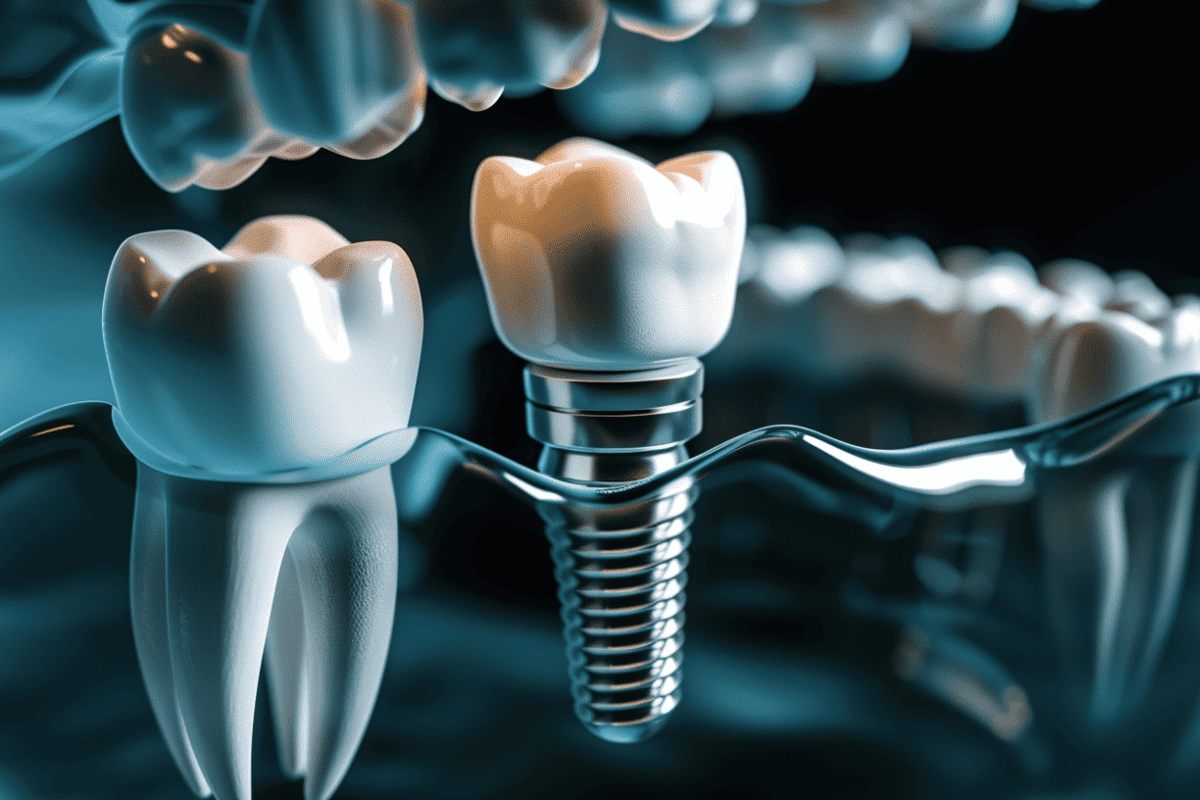While striving for a beautiful smile with nicely aligned teeth you want to achieve the result without causing harm to your teeth, gums, and jawbone. Before you start your aligner treatment at your dentist office or direct do-it-yourself through online companies, make sure you get the following conditions screened or resolved so you can end up with beautifully and healthy aligned teeth.
Here are the top 7 critical conditions you must get screened before starting your aligner treatment:
1. Gum
During aligner treatment, teeth are moving. Tooth movement does not like inflammation to be present because tooth movement will exacerbate the inflammation and cause permanent bone loss and elongated teeth. It is very important that your gums are healthy before you start teeth movement. Usually, most people need a dental cleaning. Your hygienist should measure your pockets and you should have healthy reading of 1, 2, or 3 mm and no bleeding when brushing or flossing. If that is not the case, appropriate treatment of the gum and or bone condition should occur before starting your aligner treatment.
Periodic monitoring of the gum condition is also recommended with most people requiring more frequent regular cleaning compared to their usual frequency to control plaque and tartar build up which occurs more easily with aligners.
2. Cavities
Cavities can grow faster with aligners as the cleansing effect of saliva is reduced with the aligners covering the teeth most of the day. You want to start your aligner treatment cavities free and use a mouth wash with fluoride during the aligner treatment to keep your teeth free of cavities.
Fluoride varnish application at your cleaning appointments is also recommended during aligners treatment to prevent new cavities from starting and to prevent decalcification (white spotting) of your teeth.
3. Root canal infections
While you may think that root canal infections are painful, many times you may have a failing root canal or a dead tooth without any symptoms. Like gum inflammation, an infection should be eliminated prior to aligner treatment so it does not get exacerbated, cause additional bone loss, and possibly become symptomatic due to tooth movement. Dentists usually screen for a root canal infection using radiographs of the entire tooth to evaluate the bone surrounding the tip of the tooth.
4. Evaluate teeth with receding gums or at risk of receding gums
As we move teeth to align often, we enlarge the circumference of your jaw to align the teeth and get rid of the crowding. As we do this, the gums may recede, and the teeth get elongated. It is imperative that teeth with receding gums or at risk or receding gums be evaluated. Prior to starting aligner treatment, gum grafting to thicken and or shorten the teeth is recommended such at the end of aligner treatment the teeth size is normal. It is more difficult to fix receding gums after they occur than to prevent the problem in the first place.
5. Evaluation of loose crowns and fillings
Aligners grab onto the teeth to move them. Any loose fillings or crowns may become dislodged during aligner treatment. To prevent or reduce the chance of this occurring a complete examination using radiographs and clinical evaluation should be conducted of all the teeth with crowns and fillings. Any loose or poorly fitting crown or filling should be evaluated to be replaced. Depending on the situation you and your dentist may decide on the optimal time (before or after aligner treatment) to change those fillings and crowns to provide you with the best health outcome for the tooth and best cosmetic look at the end of treatment.
6. Anatomical interference in tooth movement
For teeth to move they need space in the bone to wiggle themselves into the desired portions of a beautiful and aligned smile. If there is an obstacle in the bone, such as extra impacted tooth, or a sinus wall, the tooth will not move. A panoramic radiograph showing the jaw bones and the teeth is usually taken to evaluate for obstacle, cysts or any jaw anomaly which will interfere or prevent a good outcome.
7. Root shortening from previous braces treatment
While aligners are known for their gentle and progressive tooth movements which rarely causes root shortening, braces on the contrary have a higher incidence of root shortening. If you had braces treatment in the past it is critical that the root length be evaluated for shortening before proceeding with aligner treatment not to cause further root shortening and possible loss of the tooth. This is usually done with radiographs which are evaluated by your dentist.
It is important to make sure that the condition of your teeth and gums are optimal prior to beginning your aligner treatment. This will allow your aligners to do the trick and give you those beautifully and healthy aligned teeth.
This is a sponsored post
Making You Smile Cosmetic Dental Studio: Dr. Ziad Jalbout DDS
Dr. Ziad Jalbout is a highly professional New York City dentist, who has been dedicated to providing dental care in cosmetic and general dentistry while maximizing his patients’ overall health. Dr. Jalbout helps his patients achieve beautiful smiles by maintaining existing teeth, replacing missing teeth, and preserving and restoring all support structures such as bones and gums to give you that perfect smile.


